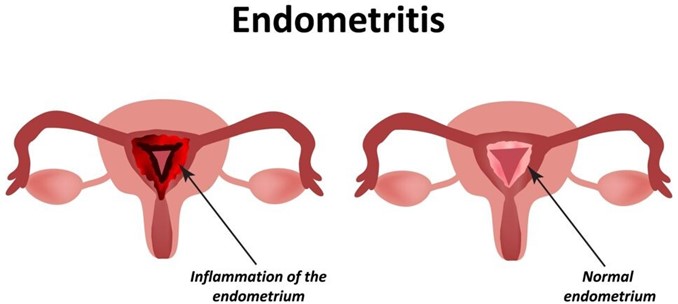An older client is admitted to an acute care facility with the diagnosis of left lower lobe pneumonia. How should the practical nurse (PN) position the client for auscultation of posterior lung fields?
Lateral, semi-prone.
Semi-Fowler's.
Right side-lying.
Forward orthopneic.
The Correct Answer is A
Choice B rationale:
The semi-Fowler's position involves elevating the head of the bed to 30-45 degrees, which is useful for clients with respiratory issues to promote lung expansion. However, for auscultation of the posterior lung fields in a client with left lower lobe pneumonia, the lateral, semi-prone position is more appropriate as it allows better access to the specific area of concern.
Choice C rationale:
Placing the client on the right side-lying position may not be as effective for auscultating the left lower lobe, as the target area is located on the opposite side. The lateral, semi-prone position offers better access to the left lower lobe for assessment.
Choice D rationale:
The forward orthopneic position is a sitting position with the arms supported on a table or over the bed. While this position can assist clients with breathing difficulties, it is not suitable for auscultation of the posterior lung fields. The lateral, semi-prone position is more appropriate for this purpose.
Nursing Test Bank
Naxlex Comprehensive Predictor Exams
Related Questions
Correct Answer is D
Explanation
The correct answer is choice D - Bilateral lung sounds.
Choice A rationale:
Heart sounds. While assessing heart sounds is crucial, the question specifically mentions complications of left-sided heart failure, which primarily affects the lungs. Therefore, assessing lung sounds is a higher priority in this situation.
Choice B rationale:
Mood and affect. While assessing the client's mood and affect is important for holistic care, it is not the most critical assessment to implement first in the case of left-sided heart failure complications.
Choice C rationale:
Chest pain. Although chest pain may be a symptom of left-sided heart failure complications, assessing bilateral lung sounds takes precedence as it directly relates to the client's respiratory status.
Choice D rationale:
Bilateral lung sounds. In left-sided heart failure, fluid can accumulate in the lungs, leading to pulmonary congestion and impaired gas exchange. Therefore, assessing lung sounds helps identify any respiratory distress early on, allowing prompt intervention and prevention of further complications.
Correct Answer is D
Explanation
This is the finding that the PN should instruct the postpartum client to report to the charge nurse because it may indicate an infection, such as endometritis, mastitis, or urinary tract infection, that requires prompt treatment. The PN should also instruct the client to monitor for other signs of infection, such as foul-smelling lochia, redness or tenderness of the breasts, or dysuria.

A. Increased diaphoresis during the day and night is a normal finding in the postpartum period and does not need to be reported. It is caused by hormonal changes and fluid shifts that occur after delivery.
B. Breast engorgement on the fourth postpartum day is a normal finding in the postpartum period and does not need to be reported. It is caused by increased blood flow and milk production in the breasts.
C. Lochia color that changes to light pink or white is a normal finding in the postpartum period and does not need to be reported. It indicates that the uterine lining is healing and regenerating after delivery.
Whether you are a student looking to ace your exams or a practicing nurse seeking to enhance your expertise , our nursing education contents will empower you with the confidence and competence to make a difference in the lives of patients and become a respected leader in the healthcare field.
Visit Naxlex, invest in your future and unlock endless possibilities with our unparalleled nursing education contents today
Report Wrong Answer on the Current Question
Do you disagree with the answer? If yes, what is your expected answer? Explain.
Kindly be descriptive with the issue you are facing.
